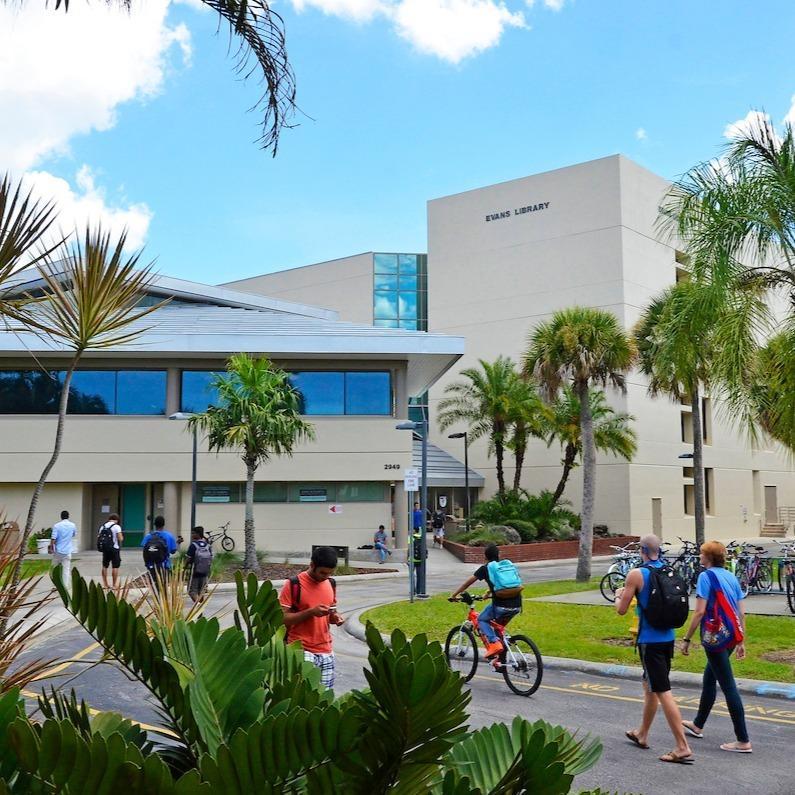Document Type
Report
Abstract
Introduction By the year 2000, it was evident that two new specters were haunting the halls of academia: a proliferation of legitimate Internet sites (e.g. primary source texts) and illegitimate Internet sites (e.g. term paper mills) that were colliding with a new generation of technologically savvy students willing—but not always well prepared— to use new media sources and increasingly not conscientious enough to use these sources correctly. Since that time, the classroom itself has expanded into the on-line world creating further challenges for both students and instructors. Objectives The objective of this handbook has been to provide Florida Tech students and faculty with straightforward definitions and discussions of the most common types of academic dishonesty, with a focus on plagiarism. A second, but no less important, objective has been to help students understand the rationale for academic integrity in any context. That so many faculty members and institutions in the United States and around the world have found it useful enough to adopt in part or in whole is both personally rewarding and an indication of the breadth of the problems faced in the rapidly changing world of the academy.
Publication Date
2011
Recommended Citation
Jones, Lars R., "Academic Integrity & Academic Dishonesty: A Handbook About Cheating & Plagiarism" (2011). Evans Library Publications. 1.
https://repository.fit.edu/library_publications/1



Comments
Copyright © 2001 & 2011 No portion of this text may reproduced without the express written consent and acknowledgment of the primary author. Upon written request, permission to use or reproduce portions of this text will be granted without fee to all educational and non-profit institutions. Contact ljones@fit.edu